As a BIM coordinator, staying up-to-date with the latest software and technologies is crucial to your success.
With so many options to choose from, it can be overwhelming to know where to invest your time and resources.
That’s why we’ve put together a comprehensive list of the top 23 must-have tools for BIM coordinators.
Whether you’re just starting or have years of experience, this guide will provide you with the information you need to stay ahead of the curve and gain a competitive edge in your field.
I will try to include software for each construction phase since a BIM coordinator is responsible for the execution of a project throughout the life cycle of any project.
So, let’s get started.
What is a BIM Coordinator?
Before discussing the software solutions, first, let me tell you what is a BIM coordinator.
A BIM coordinator is a person who is responsible for digital processes associated with virtual design and construction.
Their duties include the facilitation of collaboration between MEP engineering, architectural plans, and structural engineering. A BIM coordinator keeps every stakeholder on the same page.
The constantly shifting work obligations and skill requirements distinguish a BIM coordinator from other building industry experts.
A BIM coordinator must maintain their skill set. It involves staying updated with the latest innovations and methods.
What Gives a BIM Coordinator his Superpowers?
The adoption of sustainable practices is one of the many responsibilities of a BIM coordinator.
Every industry has to adopt sustainability, but the construction sector needs it even more given the size of the sector.
A BIM professional requires some superpowers to perform all work duties and implement sustainability in the construction industry. What source may a BIM coordinator get his abilities from?
The obvious answer is software. A BIM expert’s actual abilities are unlocked by powerful software, like the ones covered in this article.
You May Also Read: BIM technologies revolutionizing the AEC industry
Top 23 Software for a BIM Coordinator Needs in 2023
According to the latest report, the BIM software market is expected to grow by $8.38 billion during 2022-2025 with a CAGR of 24%.
Hence, BIM is growing and new software solutions are continually being developed.
The majority of manual conventional construction processes are anticipated to be replaced by BIM in the upcoming years.
Therefore, there is going to be an increased demand for BIM professionals in the coming year. Professions like BIM coordinators are expected to be in high demand.
To ace the AEC industry and stay ahead of the game, BIM coordinator needs to constantly polish their skills.
With that being said, here is a list of the top 23 software for a BIM coordinator in 2023.
1. Autodesk Revit

Autodesk Revit is probably the best BIM software. It is equally useful for almost every construction professional, particularly engineers, contractors, and architects.
Autodesk Revit is used to develop high-quality design and construction documents.
It can be used to track construction processes from the first concept to demolition.
It is a complete package.
Moreover, Autodesk Revit is easy to learn. With its user-friendly interface and collaborative tools, it is fun learning the software. You may learn to use the software in a month.
But to master the art, you need to practice harder.
So, when it comes to creating 3D BIM models, nothing can beat Autodesk Revit. Revit is the best buddy of a BIM coordinator.
Some best features of Autodesk Revit: parametric modeling, collaboration, schedules, Interoperability, graphical programming with Dynamo, high-quality rendering, and so on.
2. Graphisoft Archicad
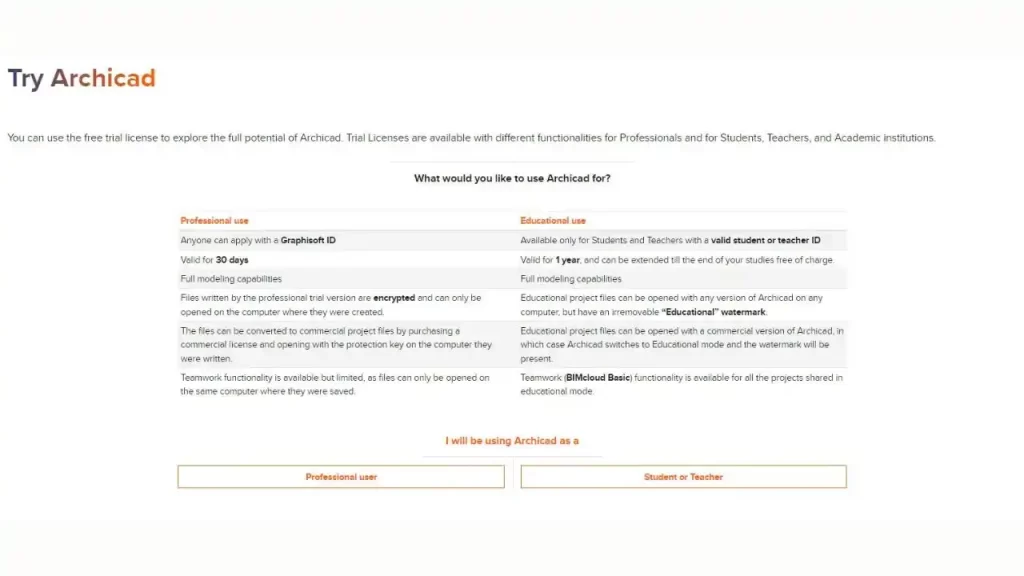
ArchiCAD is a professional BIM software that is widely used by designers, architects, engineers, urban planners, BIM coordinators, and contractors.
With a functional and straightforward user interface, Archicad is one of the easiest BIM software to learn.
Archicad can efficiently handle projects of all extend ranging from a small residential house to entire college campuses.
Additionally, Archicad is also one of the oldest BIM solutions. It was developed by Graphisoft in 1987. Since then, it is one of the most popular BIM software in the AEC industry.
Some best features of Archicad: IFC scheme mapping, façade design, 2D and 3D navigation, photorealistic rendering, expression-based properties, collision detection, Pro visualization, and so on.
3. Trimble Connect
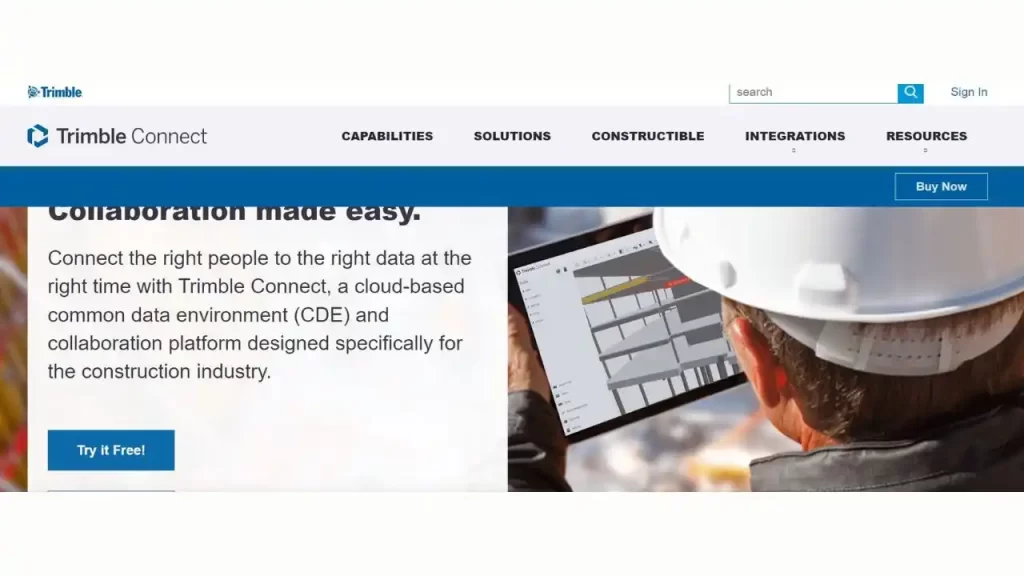
A construction project cannot be executed efficiently when there is no well-established collaboration between construction professionals.
To improve collaboration in a construction project, a BIM coordinator can use Trimble Connect.
Trimble Connect is a powerful open collaboration tool that connects the right people to the right data at the right time.
You may see, share, and access construction-related information at any time and from any location.
This promotes informed decision-making, eliminates errors, and improves the efficiency of the construction process.
Some best features of Trimble Connect: Temporary local offline storage, clash checking, 3D imaging, document management, data security, activity tracking, and so on.
4. Autodesk Navisworks

Navisworks is another masterpiece from Autodesk, which is used for project review and management purposes.
The functionalities of Navisworks are similar to those of Autodesk Revit, but Navisworks is more suitable in the initial phase of the construction.
Navisworks enables construction professionals to conduct 5D analysis, spatial coordination, project review solution, and error detection before construction, and help reduce delays and rework.
Hence, Navisworks is a useful tool for a BIM coordinator to reduce construction costs and to get better control of the construction.
Some best features of Navisworks: 5D project scheduling, real-time navigation, photorealistic model rendering, clash detection, coordinate models, and so on.
5. ABAQUS
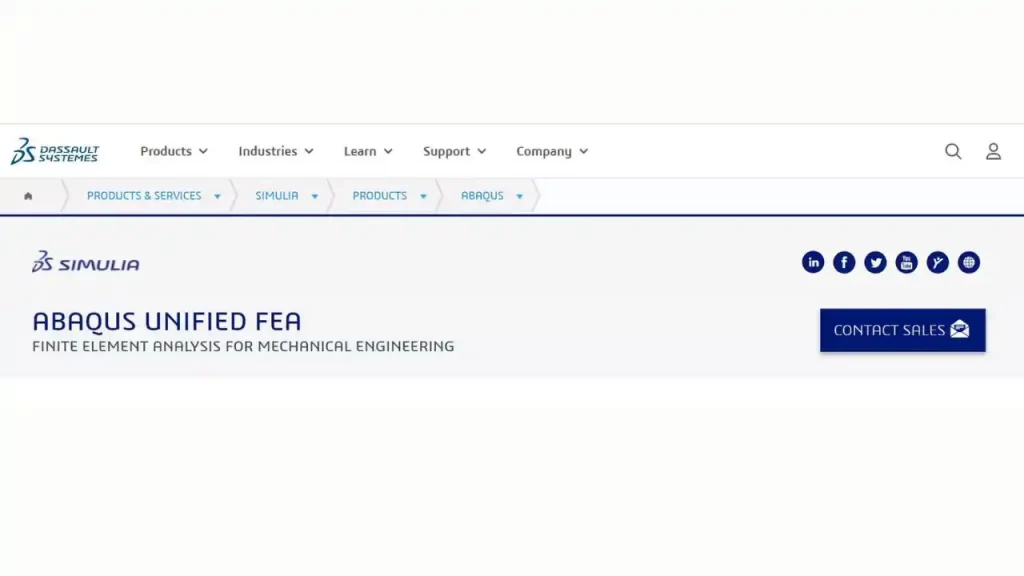
Validating the strength and stability of any structure under actual loading conditions is very important.
Thanks to Finite Element Analysis (FEA), now a BIM coordinator can run high-quality simulations to test the strength and behaviour of building structures under different loading conditions.
To run Finite Element Analysis, there are different tools available such as MATLAB, ANSYS, ABAQUS, SimScale, etc.
But I recommend ABAQUS to kick start your career as a BIM coordinator.
I learned to operate ABAQUS in under a month. It is one of the best and most interesting software that I have ever learned.
I hope you will have a similar experience.
Some best features of ABAQUS: Accurate Linear and non-linear analysis, advanced material modeling capabilities, design simulations, contact analysis, and so on.
6. ANSYS

ANSYS is another powerful Finite Element Analysis (FEA) software.
ANSYS is a versatile software that is employed across different fields including structures, automotive, energy, electronics, machine components, space shuttle simulations, racing car testing, and many more.
This software is used to analyze the strength, toughness, temperature distribution, electromagnetism, fluid flow, elasticity, and other properties of any material.
A BIM expert uses ANSYS to develop physics-based high-resolution construction simulations for HVAC systems, structure members, air handling and filtration systems, advanced structural integrity under different loading conditions, occupant safety systems, and so on.
Some best features of ANSYS: Multiphase modeling techniques, high-speed flow modeling capabilities, product integration for enhanced electronics reliability workflows, powerful meshing and post-processing capabilities, and many more.
7. AutoCAD

The next Autodesk software that can be placed in the top 10 rankings is AutoCAD. AutoCAD is trusted by millions of drafters, engineers, designers, and BIM coordinators to develop working 2D and 3D construction drawings.
Autodesk AutoCAD has automated manual construction practices to improve efficiency and accuracy while reducing costs and errors.
This tool is a comparatively basic software and it is one of the first software that is taught to Civil Engineering students.
Some best features of AutoCAD: are 3D modeling and visualization, intelligent objects, photorealistic rendering, 3D navigation, simulation, and so on.
8. Tekla Structures
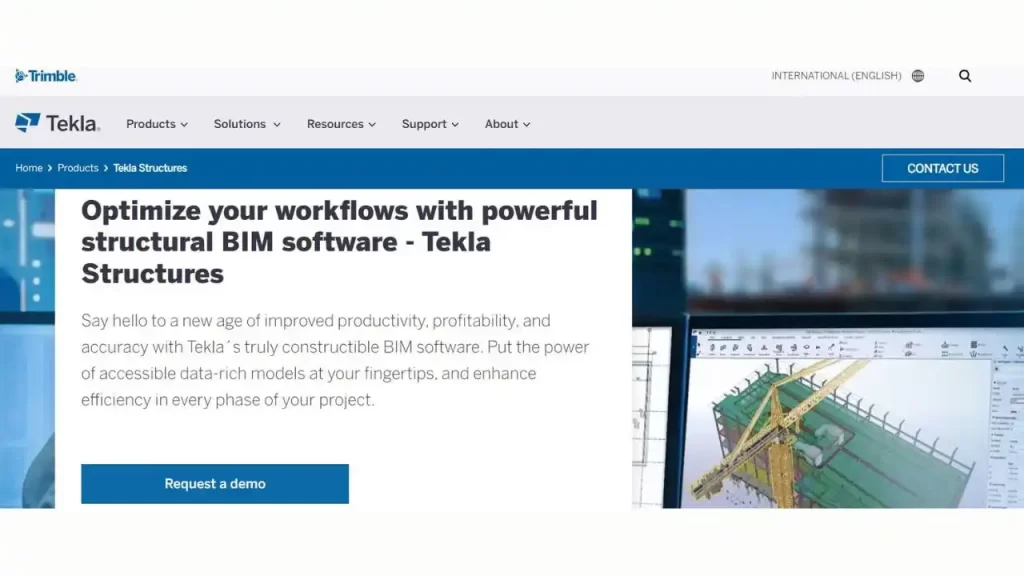
If you need software for structural engineering purposes, Tekla Structures is your friend. Tekla Structures was developed by Trimble and it is based on the steel structural modeling software Xsteel.
This software solution allows engineers, drafters, designers, detailers, fabricators, contractors, and BIM coordinators to optimize their workflows and design different building materials including steel, wood, glass, and concrete, to name a few.
The software is particularly suitable for large-scale industrial projects. If you are planning to enter such as field, then you need to learn Tekla structures.
Some best features of Tekla structures: 2D modeling, 3D modeling, accessibility in 15 languages, powerful collaboration, and so on.
9. Revizto
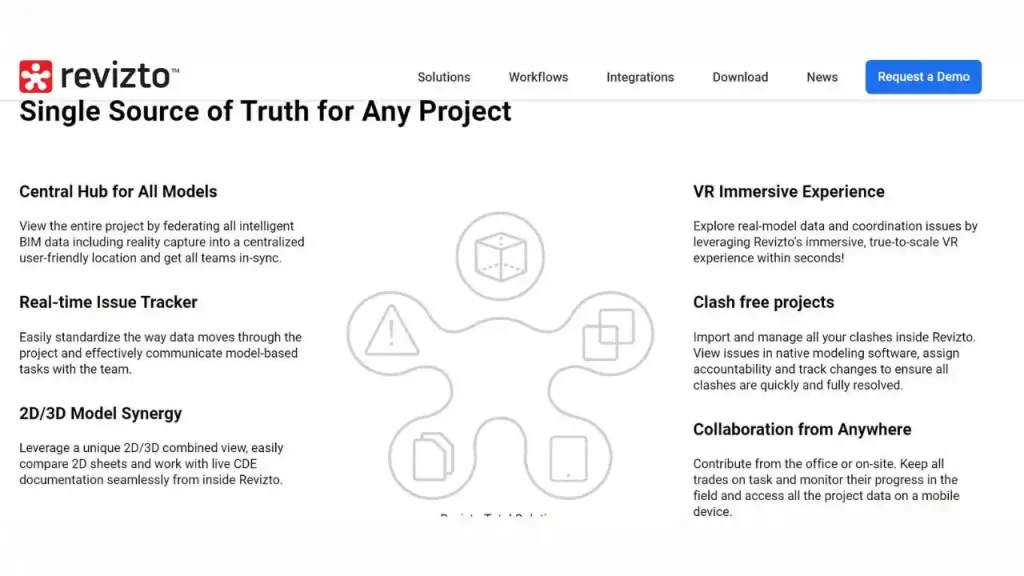
Next on the list, we have Revizto, which is another useful cloud-based software for a BIM coordinator. It is suitable for both 2D and 3D workflows.
Moreover, the powerful functionalities of Revizto make it easy to establish smooth communication and collaboration among all the stakeholders.
Revizto just like Revit is not limited to one phase of construction rather it can be employed throughout all the stages of the construction process.
Some best features of Revizto: Clash management, exploring models in VR, user-friendliness, advanced filtering, and many more.
10. Office 365
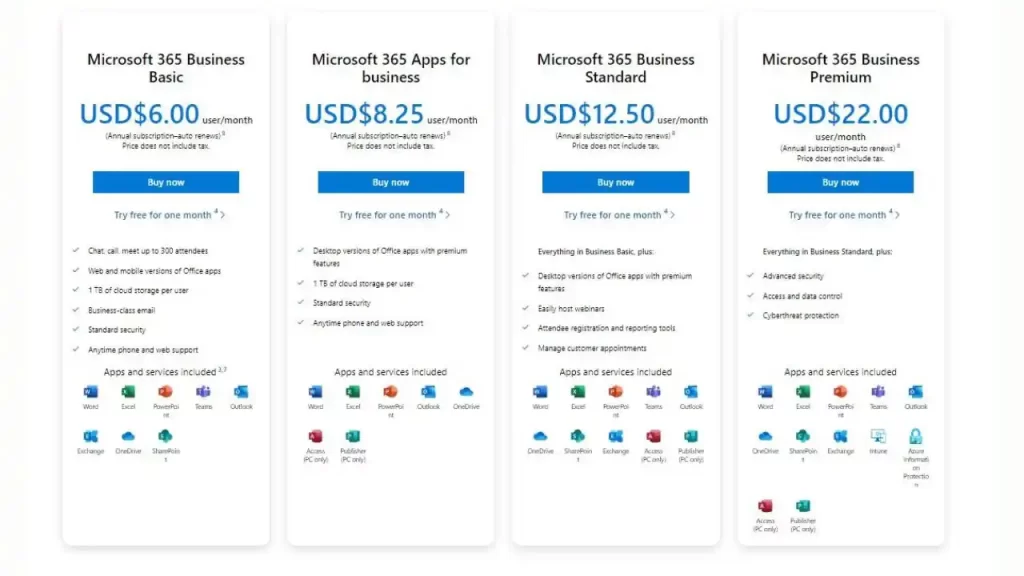
MS Microsoft has no match when it comes to ease of use. We all have been using Microsoft Office since the day we learned how to operate a computer.
Just like other fields, BIM needs Microsoft Office skills.
MS Office is a very versatile application. A BIM coordinator needs MS Office to create project documents, presentations, spreadsheets, summaries, and many other purposes.
Office 365 is a cloud-based software package that enhances work efficiency. Coupled with OneDrive and Microsoft Teams, Office 365 is a must-have software for any professional including a BIM expert.
Some best features of Office 365: Secure data storage, excellent email facilities, cyber security, mobile and web accessibility, real-time co-authoring, Microsoft planner with workflows, and so on.
11. Lumion

Rendering is an important aspect of BIM, which allows visualization before the completion of any project.
Rendering gives the ability to experiment with the visual aspects of any building design.
Usually rendering software is used by architects to develop design ideas more accurately, but any other construction professional can learn the art of rendering.
To render construction projects, professionals use many projects depending on their applications and preferences.
Some of the major rendering software solutions include Unity, Blender, 3Ds Max design, Lumion, Twin Motion, Enscape, etc.
I like Lumion because it’s a more professional, functional, and reliable tool. It helps you create beautiful 3D rendering in just a matter of a few hours.
Some best features of Lumion: Volumetric spotlights effects, light color temperature, customizable 3D objects, Atmospheric rain and snow, Omni lights, surface decals, etc.
12. Plainswift

For any project, the estimation of the budget is very essential. It’s common for expenses to exceed budgets, therefore it’s crucial to have a precise cost estimate before work starts.
Moreover, cost estimation helps in preparing and finalizing bids and cost control.
Hence, it allows construction professionals to achieve their goals within financial constraints while also reducing unnecessary expenses.
BIM is incomplete without having software to calculate accurate cost estimation of any construction project.
Thanks to Plainswift now a construction professional can get a complete picture of the budgeting before the start of any project in just a matter of a few hours.
Plainswift is a customizable takeoff software for construction estimating. It substitutes the less efficient and inaccurate manual paper cost-estimating process and digitizes it, boosting efficiency and accuracy.
Some best features of Plainswift: calculate measurements instantly, item counts, quick estimation, database sharing, etc.
13. SOLIDWORKS
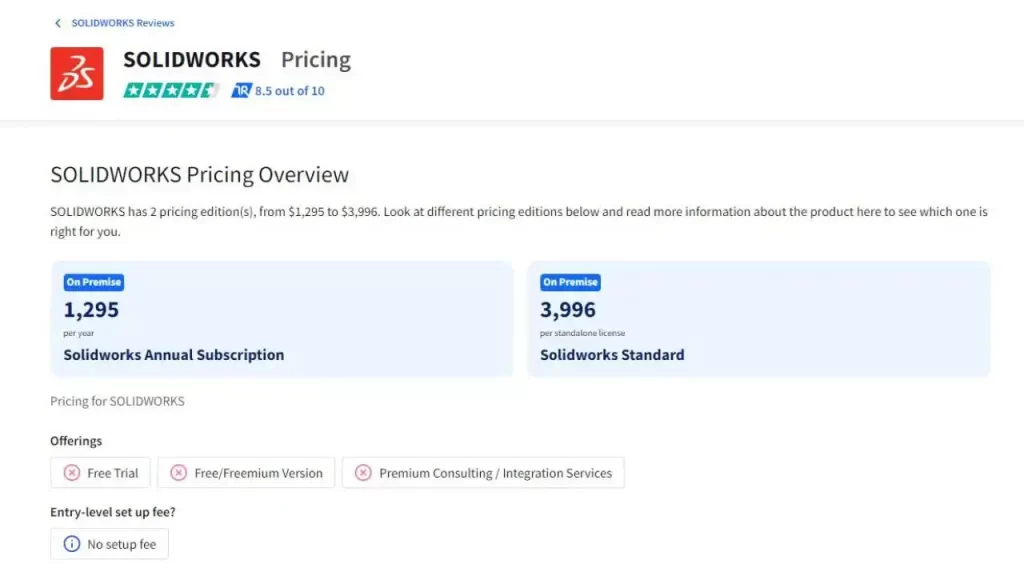
Another software that can boost your productivity as a BIM coordinator is SOLIDWORKS.
It is a popular software, which is used in the architectural and construction industry.
Using SOLIDWORKS you can create more organic and complex shapes.
SOLIDWORKS is a powerful 3D CAD software tool to develop software elements, mechatronics systems, mechanical elements, and electrical elements.
The software is used for planning, modeling, feasibility assessment, project management, and visual ideation.
Usually, professionals prefer SOLIDWORKS for sophisticated 3D models and simulations, and for simpler designs, AutoCAD or Revit are better options.
Some best features of SOLIDWORKS: user-friendly interface, Assembly modeling enhancements, assembly simplification, higher flexibility for surfacing, and so on.
14. Oracle Primavera P6
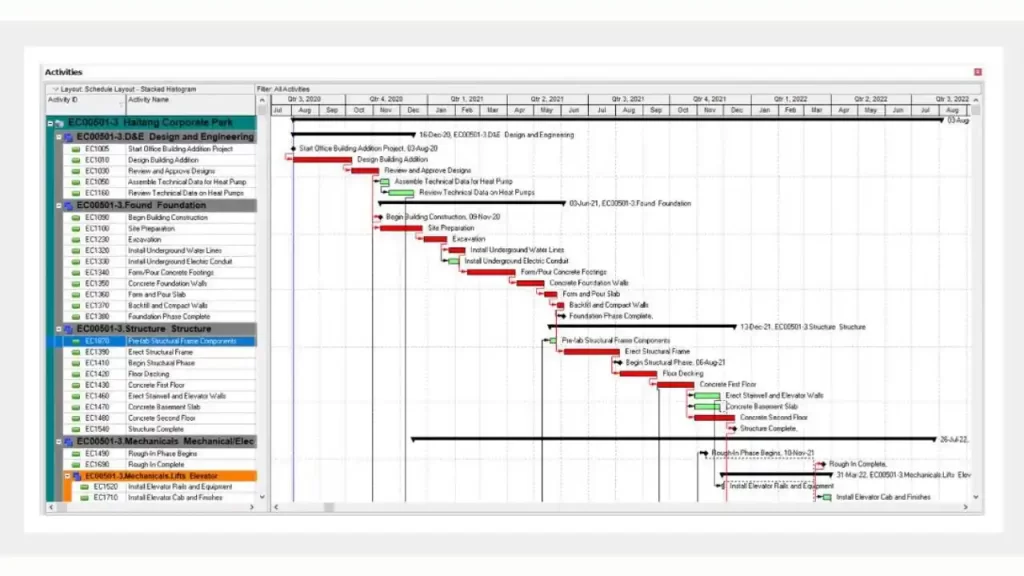
Planning, managing, and executing project work are important construction activities, which when done through manual methods often lead to project delays and higher costs.
Therefore, we need to automate these processes. For that purpose, there is no better option than Primavera.
Primavera is an enterprise project portfolio management software. It is used for project scheduling, planning, managing, tracking, and reporting.
Some best features of Primavera: Risk management, multi-user access, Gantt Charts, real-time reporting and analytics, multiple projects management, resource management, cost tracking, and many more.
15. Microsoft Outlook

Communication is critical for any project. To improve communication between stakeholders, different tools are used.
Likewise, Microsoft Outlook is a communication software, which allows users to send and receive emails, manage calendars, track tasks, and store names and numbers.
Therefore, Microsoft Outlook is a great communication and management tool, that can be used by every professional including BIM experts.
Some best features of MS Outlook: Keyboard shortcuts, access calendar, scheduling emails, effective task management, flagging, color coding, email signatures, and so on.
16. 3Ds Max Design

Moving on to the next software on our list, we have 3Ds Max design, which is a powerful 3D design, animation, modeling, and rendering solution for designers, civil engineers, BIM experts, architects, and visualization specialists.
3Ds Max Design is mostly used in the video game industry to design 3D character models, game assets, and animations. In the construction industry, it can be used to develop high-quality infrastructure project renderings and visualizations.
The good thing about 3Ds Max is that it can be integrated with other BIM software such as Revit and Sketch up.
Some best features of 3Ds Max Design: Retopology tools, smart extrude, spine workflows, mesh and surface modeling, VR experiences, Integrated Arnold renderer, etc.
17. Civil 3D

Civil 3D is another powerful solution developed by Autodesk.
It is a dedicated civil engineering software, however, it also offers some BIM-related features and workflows.
Civil 3D is an excellent civil engineering design and documentation tool that supports BIM workflows on a wide range of civil infrastructure projects of any scale.
Hence, Civil 3D offers complete control over the planning, designing, and management of any civil engineering project.
Some best features of Civil 3D: Terrain modeling, corridor modeling, drainage design and analysis, interoperability, intersection design, enhanced collaboration, surface modeling, and many more.
18. Graphisoft BIMx

Not all construction workers are designers; many are unable to use sophisticated BIM software or comprehend intricate building plans. They need visualization software that is easy to use.
BIMx is a professional visualization and game-like navigation tool to explore architectural design projects. It allows you to present BIM models in both 2D and 3D.
The software has high compatibility with several devices including MS Windows, Mac, iOS, and Android.
The BIM Hyper-model feature of BIMx helps non-design professionals to easily explore the building model and understand deliverables.
Some best features of BIMx: Walk or fly through a project in 2D or 3D, real-world-like experience, Hyperlinked 2D and 3D, Hyper-Model, etc.
19. SketchUp
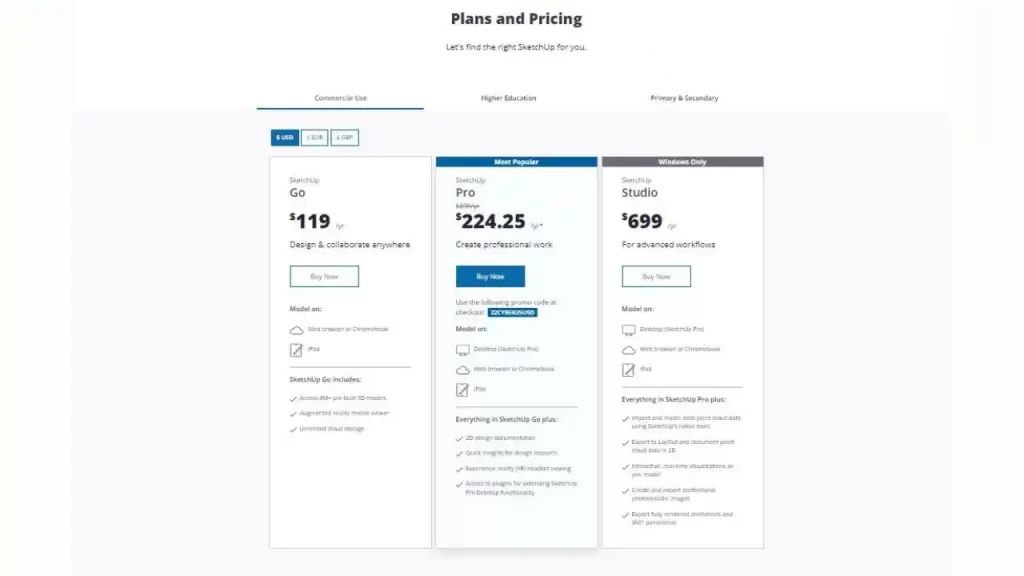
SketchUp is an alternative to Revit. It is an easy-to-use modeling software; it is probably the simplest modeling software out there. In comparison with other BIM software, SketchUp can be learned fairly quickly.
SketchUp can be used for several applications including interior design, architectural design, landscape architecture, video game design, and many more.
However, SketchUp is licensed only for non-commercial or educational use.
Some best features of SketchUp: Textures, lighting effects, realistic 2D and 3D models, animation, rendering, etc.
20. Autodesk BIM 360

BIM 360 is a cloud-based solution for BIM coordinators and other construction professionals.
It is a construction management and project delivery software.
It allows project teams to work in a collaborative environment, thus preventing unnecessary project delays.
Autodesk BIM 360 is suitable for the whole life cycle of a construction process. It handles construction from the start to finish.
Some best features of Autodesk BIM 360: Issue management, real-time project status, quality management, multi-discipline coordination, reporting and analytics, design reviews, project control, and so on.
21. BIMCollab
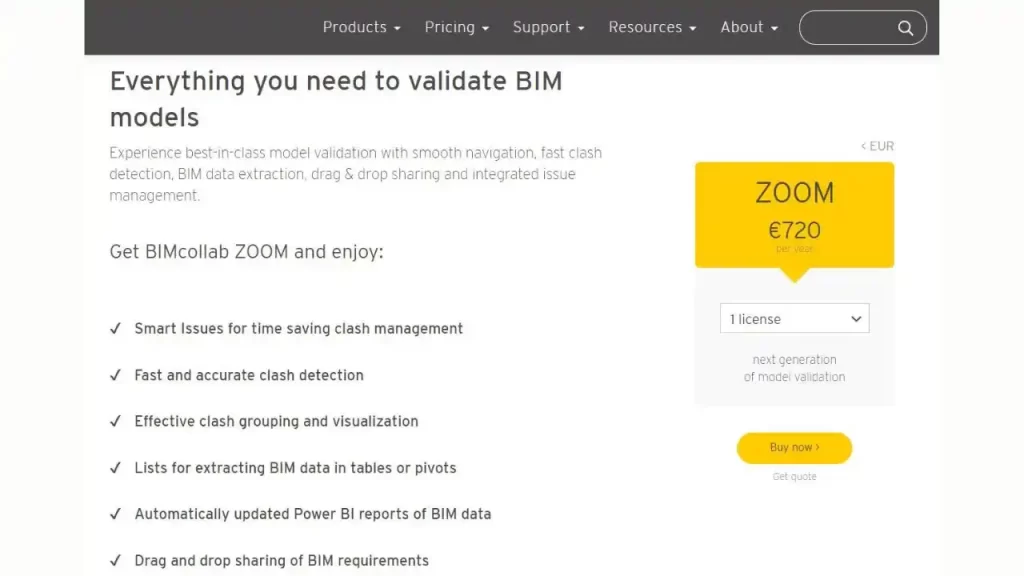
Issue management is a complex process.
But BIMcollab is there to help you with that.
BIMCollab is an easy-to-use model validation and issue management software. It is a very user-friendly tool.
It offers a structured way of storing, sharing, and solving issues related to construction. Moreover, through reliable history tracking, workflows are managed effectively.
Some best features of Autodesk BIMCollab: Illustrative graphs, import users, no installation required, secure API, SSL, and Database encryption, to name a few.
22. Maya

Next to Lumion, we have Maya, which is a professional 3D animation, modeling, rendering, visual effects, and simulation software.
It is particularly designed for creating realistic characters and effects.
Even though Maya isn’t a specifically designed BIM tool and is more frequently used to make games, animated films, and live-action films, the AEC sector may still utilize it, especially architects.
Some best features of Maya: Time editor, Graph editor, polygon modeling, animation making, motion graphics, quick duplication, etc.
23. Software X
This is hypothetical software. As I mentioned previously BIM technology is an ever-changing and evolving field. Your skills will be obsolete if you don’t keep them updated with the changing trends.
So, if you are in this field, get ready to embrace new skills and knowledge.
The last on this list is Software X, which will be developed in the future. It will be more powerful and important than other software since the scope and domain of BIM are expanding.
Think wisely and stay ahead of the game.
Conclusive remarks
Apart from the above-mentioned software, there is also other amazing software that can change the game such as Plainswift for quantity and cost estimation, Maya for rendering, Microsoft Outlook for communication, Primavera for scheduling, and the list goes on.
You May Also Read: RFID Technologies: A Game-Changer for the AEC Industry
Hence, BIM is an ever-green field that keeps on growing. There are no limits and the possibilities are endless. BIM can transform the construction industry and only by proper implementation of BIM in the AEC industry, the idea of building a sustainable future can be realized.
There is one last important point that I want to make. You might be confused thinking that to become a BIM coordinator, do I have to learn all these software solutions?
Well, you don’t.
A complete grip on one software is better than a slight idea about a hundred software. It is better to have more than one skill.
Choose that BIM area that suits your interest and preferences, for instance, if you like rendering then learn Lumion or Maya, if you love making 3D models then Revit is the way to go, if management is your strength area then go ahead with BIM360, or if you love structures, then learn Tekla Structures.
Hence, it completely depends upon you. If you still have any confusion, you may buzz me up any time.
I hope this list helps you in some way. I wish you all the best with your career as a BIM coordinator, you have to go a long way into the future.
A great future awaits you.
You May Also Read: 13 Cheap Concrete Alternatives – Save Money and the Planet


1 thought on “Top 23 Tools BIM Coordinator Need in 2025: A Career Guide”
Comments are closed.